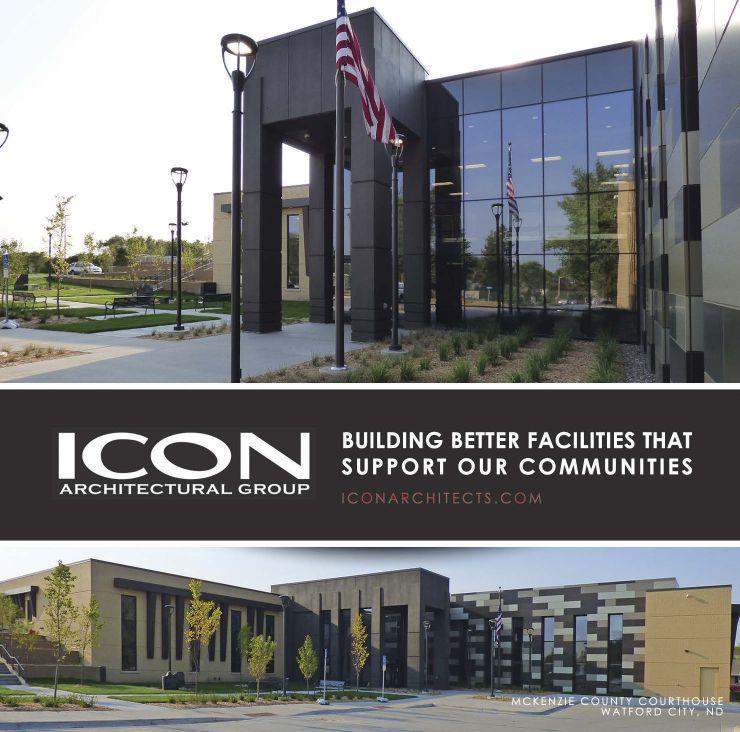
5 minute read
Expansions and Opportunities
In the past 10 years, the University of North Dakota’s College of Engineering & Mines in Grand Forks has seen enrollment jump by 140 percent, with an average of 40 percent per year, according to Dean Hesham El-Rewini. With those statistics in mind, the school is one of many in our region expanding to offer new programs, degrees and opportunities for students.
“It’s a great time to be an engineer,” says North Dakota State University’s College of Engineering Dean Gary Smith. “Employment in our case for engineering students has been outstanding. It doesn’t seem like the interest in hiring has dissipated. It looks like a very strong market for the next few years here.”
BY LISA GIBSON
Engineering is always a strong career path, Smith says, but the sector is stronger now than it has been for a while. To educate the high number of new engineers eager to get into the job market, NDSU’s College of Engineering in Fargo has added three minors to its offerings. El-Rewini says UND has added undergraduate programs, seven Ph.D. programs, three master’s programs and one graduate certificate. Halfway across the state, the University of Mary in Bismarck is expanding to allow its engineering students to take all four years of their undergraduate courses on the campus, in lieu of the current partnership with the University of Minnesota that sends third- and fourth-year students to Minneapolis. “We’ve found that a lot of students that are enrolled in that program really would like to finish their degrees here,” says Terry Pilling, University of Mary professor of mathematics and engineering, who has recently acquired the casual title of chair of engineering. “We’re trying to produce more well-rounded engineers.”
Graduate Education
UND’s College of Engineering & Mines has expanded its programs by design as enrollment has skyrocketed, El-Rewini says, adding all levels of engineering education contribute to a well-rounded program. “Now we have reached a good point on the undergraduate level, so now we need to also get the critical mass needed for successful graduate education, as well. enrollment increase in the past 10 years. For the first time, the college will offer three graduate degrees online, El-Rewini says.

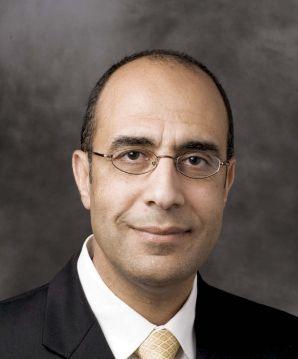
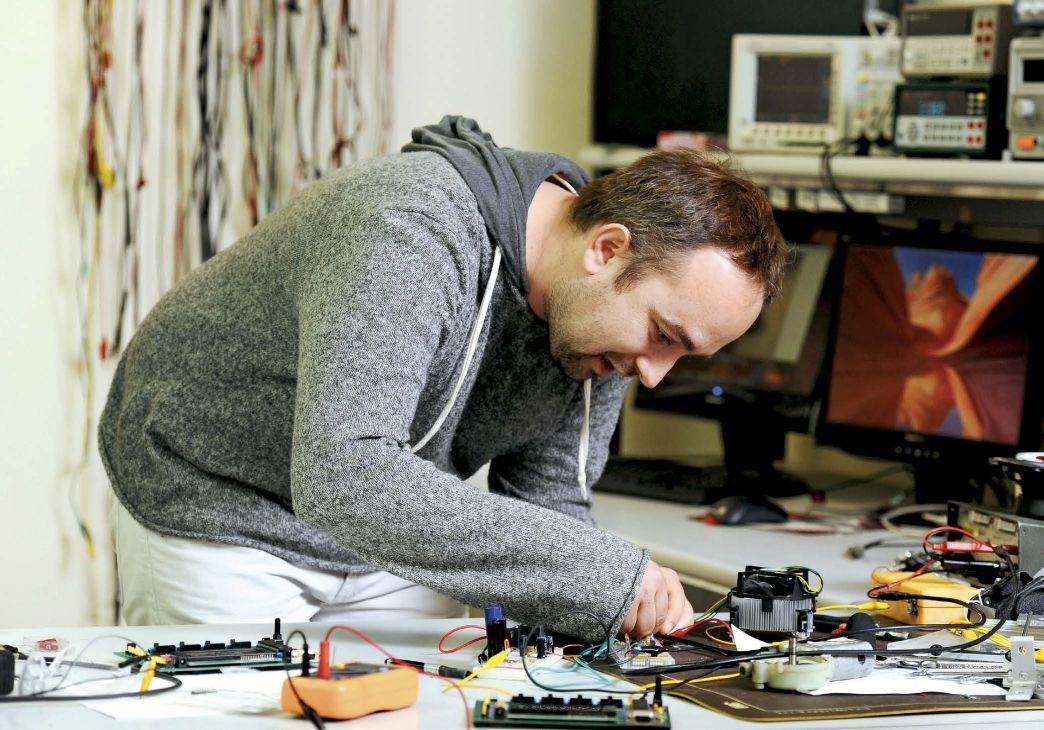
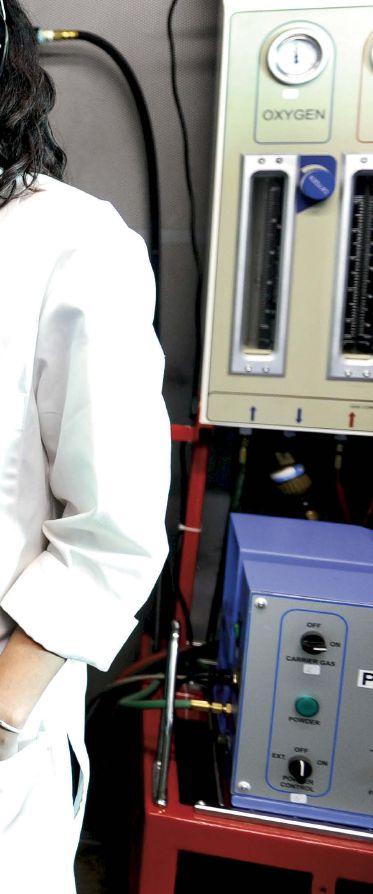
“If you want to have successful, impactful research that meets societal needs, you need with it very strong graduate education,” he adds. The school now has undergraduate degrees with increasing enrollment, graduate degrees set for increased enrollment and several research programs that will be positively impacted by new graduate degrees. “When you have these three, you have the necessary conditions to really have a successful college of engineering,” El-Rewini says.
The school also is awaiting completion of the Collaborative Energy Complex, which should be open this summer. El-Rewini calls it a “new ecosystem” that will include a compelling vision, state-of-the-art facilities, needed programs, quality people, a collaboration strategy and an enabling organizational structure. It will include lab spaces and will push UND’s engineering college to the forefront of the energy industry, El-Rewini says, adding he hopes to draw interest from all of UND’s sectors to collaborate on research. “I am so excited about the future of this university because of this Collaborative Energy Complex — the entire university, not only engineering.”
Minors in Engineering
NDSU’s College of Engineering has had a strong undergraduate program since 2005, Smith says. That year, all programs also got discipline-specific Ph.D.s. “We’re currently working to move toward minors … which we’ve not had before.”

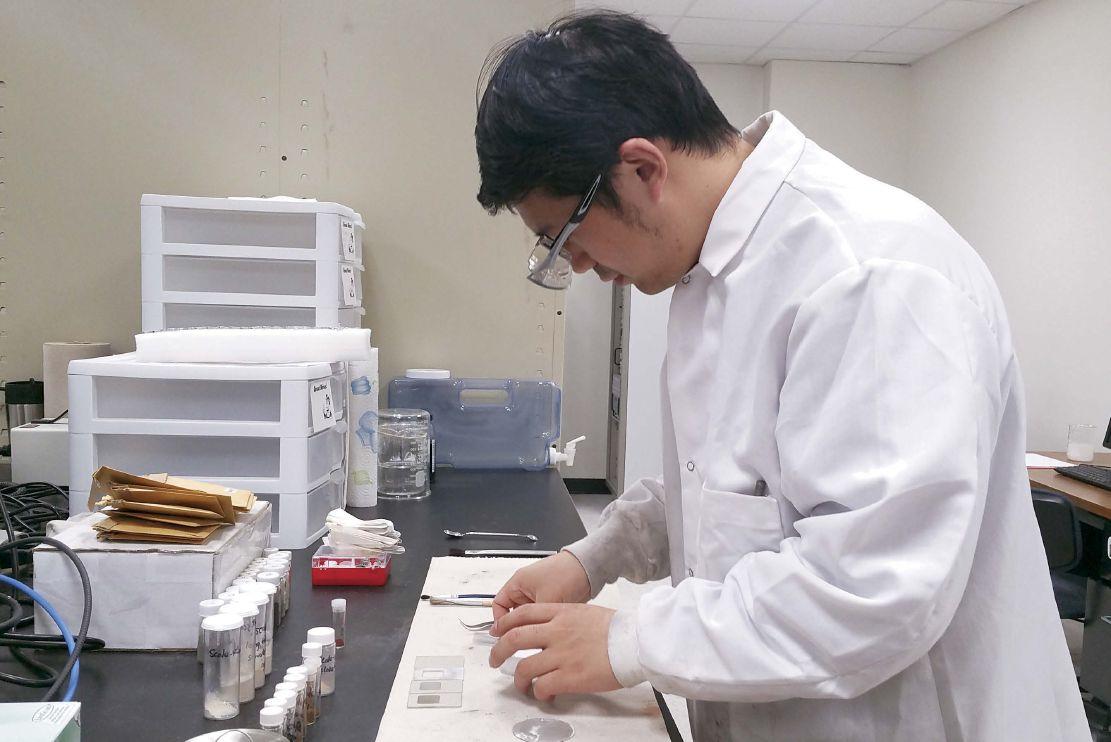
The school will add minors in reliability engineering, energy and biomedical engineering, three sectors primarily of interest to the professional engineering industry, Smith says. A reliability minor likely would interest students going to work in manufacturing or product-development industries, biomedical minors would include those in mechanical or electrical engineering and an energy minor is self-explanatory, Smith says. “Having a background in various aspects of the energy industry we felt would be of value to students looking for employment.” He hopes they will be available to students in the fall of 2017.
“These are areas the industry is interested in, so obviously, if our students are preparing themselves with credentials in an area that’s of interest to industry, then that just heightens their opportunities for employment,” he says.
Smith says about 30 percent of the students in NDSU’s engineering program leave the state for employment post-graduation, while others stay and find careers with North Dakota’s many engineering firms. “There’s a lot of opportunity for them,” he says. “I think there’s probably opportunities that we’re not filling, but there’s a lot of attraction here from outside companies, as well.”
‘Exodus of Engineers’
Terry Pilling, of the University of Mary, says the region has seen an “exodus of engineers” post-graduation, particularly those who come to

North Dakota from elsewhere in the country and aren’t accustomed to harsh winters. North Dakota-raised students are leaving, too. “They get their degree at NDSU or UND and they get an internship somewhere and they decide not to come back to North Dakota.” With its abundance of engineering firms, Bismarck is an ideal place to offer education close to employment opportunities in an effort to keep engineers in the state, he says.
And with expanded curriculum at the University of Mary, students will now be able to finish their entire four-year bachelor’s degrees on campus. For now, the upper classmen will be taking some lab courses online through UND until the University of Mary has the resources available to offer the courses on campus. That could be soon, as Pilling plans to use space that will be vacated after the university completes a massive construction project that will reorganize existing departments. He says he has a few other tricks up his sleeve that will help provide lab space, too.
Like most engineering schools, the University of Mary worked with engineering firms and other potential employers to develop its curriculum. “We’re trying to organize our engineering curriculum so that our engineering students are exactly what the local North Dakota engineering firms want,” Pilling says. “So that means we’re discarding any outdated things they’re learning at other schools that engineering firms no longer use, and we’re implementing new things that firms wish they didn’t have to teach the students when they first come in.”
Along with mechanical, civil, electrical, petroleum and chemical engineering degrees, the University of Mary offers a construction management program for students who want to be involved in engineering, but “don’t like all that math,” Pilling says.

The school also aims to train its engineers in ethics values and community, beyond core courses. If they choose, students still can go to the University of Minnesota to finish their degrees. “We basically want our students to be able to do whatever they want,” Pilling says.
With so many program expansions, employers recruiting and opportunities for the taking, the futures of engineering students from all of these schools look bright. El-Rewini reminds that engineers have a hand in all things, from energy and security to human health and quality of life.“You’ll see the fingerprints of engineers everywhere,” he says.
“It’s a great time to become an engineer, in all disciplines, not only in petroleum, not only in energy, but in all areas of engineering,” El-Rewini says. “Students in engineering can contribute to all walks of life. I can’t be more excited about what people can do in engineering these days.” PB
Lisa Gibson Editor, Prairie Business 701.787.6753 lgibson@prairiebusinessmagazine.com

